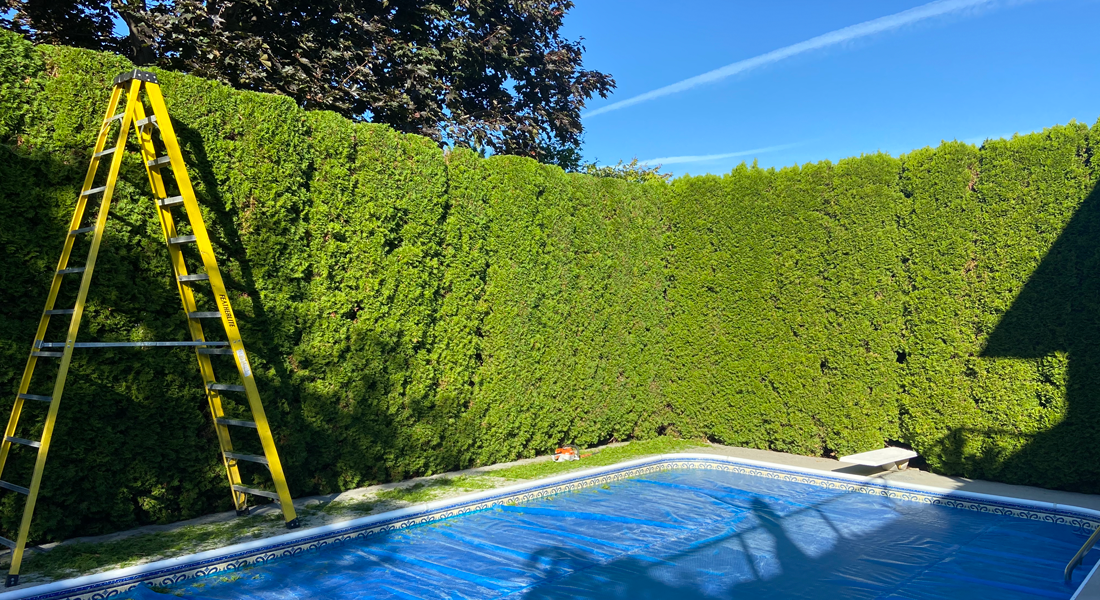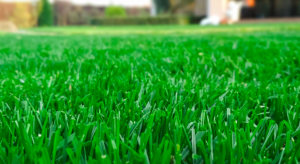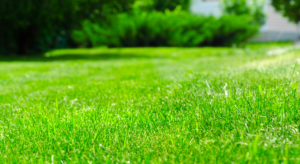When it comes to maintaining your garden, trimming hedges is an essential task. But with so much conflicting information available, it’s easy to get caught up in myths that could end up harming your plants. Here, we debunk five common hedge trimming myths to help you keep your hedges healthy and looking their best.
Myth 1: Hedges Should Only Be Trimmed in the Summer
Many people believe that trimming hedges in the summer is the best way to keep them looking tidy. However, the best time to trim your hedges depends on the type of hedge and your climate. While summer trimming can work for some plants, others need to be trimmed in late winter or early spring when they’re dormant. Cutting at the wrong time can result in poor growth or even stress on the plant.
The Truth: Always consider the specific needs of your hedge variety. For example, evergreen hedges often benefit from a light trim in early spring before new growth begins. In contrast, flowering hedges should be trimmed right after blooming to avoid cutting off buds for next season.
Myth 2: Cutting Hedges Too Much Will Kill Them
Another common myth is that cutting hedges too much will harm them. While it’s true that over-trimming can stress a plant, proper trimming techniques and timing are key to healthy growth. In fact, trimming encourages new growth and keeps your hedge dense and attractive.
The Truth: Regular trimming, especially for hedges that require shaping, is essential for maintaining their health and appearance. Just make sure not to trim too much at once and to leave enough green growth to maintain the plant’s structure.
Myth 3: Trimming Hedges Is Only for Aesthetics
While it’s true that trimming improves the appearance of hedges, there’s more to it than just aesthetics. Hedge trimming is essential for maintaining the plant’s health and promoting strong growth. Overgrown hedges can attract pests, become prone to disease, and even pose a safety hazard by obstructing walkways and views.
The Truth: Proper trimming helps prevent these issues by removing dead or damaged branches, improving airflow, and allowing more sunlight to reach the plant. This not only keeps your hedge looking great but also contributes to its long-term health.
Myth 4: You Don’t Need to Trim Hedges That Grow Slowly
Some people believe that slow-growing hedges don’t need regular trimming, but this couldn’t be further from the truth. While slower-growing hedges may not require frequent cuts, they still need regular maintenance to ensure that they don’t become leggy or sparse.
The Truth: Even slow-growers require occasional trimming to maintain their shape and overall health. If left unchecked, slow-growing hedges can become uneven or fail to develop the dense growth that makes them an attractive feature in your garden.
Myth 5: Hedge Trimming is Simple—Anyone Can Do It
While trimming a hedge might seem like an easy task, it’s not always as straightforward as it looks. Poor trimming techniques can lead to uneven cuts, damage to the plant, and a lack of healthy growth. Trimming tools must also be sharp and appropriate for the job to avoid harming the hedge.
The Truth: While basic trimming can be done by homeowners, more complex jobs, like shaping and pruning, often require a professional touch. Hiring an experienced team ensures that the job is done correctly, promoting healthy growth and avoiding damage to your hedge.
Keep Your Hedges Healthy and Beautiful
By busting these myths, we hope to clear up any confusion about hedge trimming and give you the confidence to care for your hedges properly. If you’re still unsure about the best trimming practices or if you’d prefer a professional touch, don’t hesitate to contact us. We’re here to help keep your hedges healthy, beautiful, and well-maintained!
For expert hedge trimming and pruning, contact Razors Hedge, proudly serving Kelowna, West Kelowna, and Lake Country.




